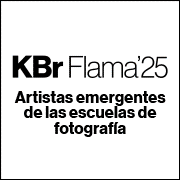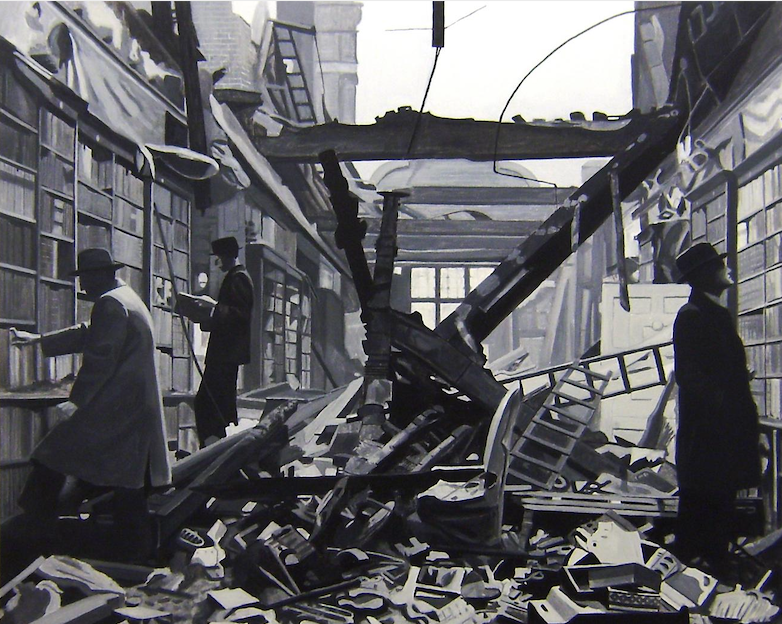Exhibitions
"Signs and Writings", produced by the Suñol Foundation, arrives at the Lasala Center for Contemporary Art

The Lasala Center for Contemporary Art welcomes Signs and writings, a collective exhibition produced by the Suñol Foundation that aims to emphasize the role of sign and writing in the visual arts of the second half of the twentieth century, tracing a descriptive tour of these symbolic applications through 'a selection of works from the Suñol Soler Collection.
The exhibition aims to promote a space for reflection on the role of sign and writing in the visual arts of the second half of the twentieth century. Signs and Scriptures draws a tour of these symbolic applications, as a structuring of thought and as a later aesthetic expression.
All the works in this exhibition are part of the Suñol Soler Collection and have been made from 1972 to the present by the artists Ignasi Aballí, Antoni Tàpies, Robert Llimós, Joan Rabascall, Zush, Joana Cera, José Luis Alexanco, Sergi Aguilar, Eduardo Chillida, Miguel Salinas, Manuel Millares, Antoni Socías, Carmen Calvo, Darío Villalba, Jordi Tolosa, Fina Miralles, Jordi Sabaté, Ramon Parramon, José Manuel Broto, Jordi Teixidor, Alighiero Boetti, Miralda, Lawrence Weiner, Federico Guzmán and Carlos Pazos. The selected works reveal the recurring use of the sign and the writing in the painting, in the collage or on the tapestry, as a visual reading of the need for communication by the artist.
Works by Robert Llimós, Antoni Tàpies and Zush offer us a certain vision of the creative process and the manifestation of an unpublished and unique language, along with artists such as Ignasi Aballí, Darío Villalba, Carlos Pazos and Joan Rabascall, who show in different works more explicit narratives. All of these pieces use sign, alphabet, or writing as structural elements of composition. And it is possible that this unanimous concern results from a specific sensitivity in the second half of the twentieth century, a time when the study of language permeabilizes all fields of knowledge.
In particular, new unknowns arise in art, once many of the figurative referents of the European artistic tradition of previous centuries have been lost, and together with the new definitions of semiology, by Ferdinand de Saussure, the relations are clarified. between the sender and the recipient, who will have to interpret new codes. Later, Roland Barthes proposes a system to deepen the understanding of language and society, understood as a construction perpetuated by the symbolism of the own cultural values of each community. Semiology, not as a process but as an attitude, acquires a specific functionality with Barthes. On the other hand, a reading of Umberto Eco's work instructs us on the protagonist's leading role as a creator of new meanings in the work of art he faces, developing a perceptual, imaginative or creative behavior. of the receiver, which will be governed by a system of universal interpretation.
The combination of all these elements has led to artistic contributions of multiple polysemy that this exhibition aims to show, with the sign or writing as the backbone of aesthetic language, the iconography of material strokes of which draws the artist's thought and it is genetically contained in its signs, in the world of its ideas.








